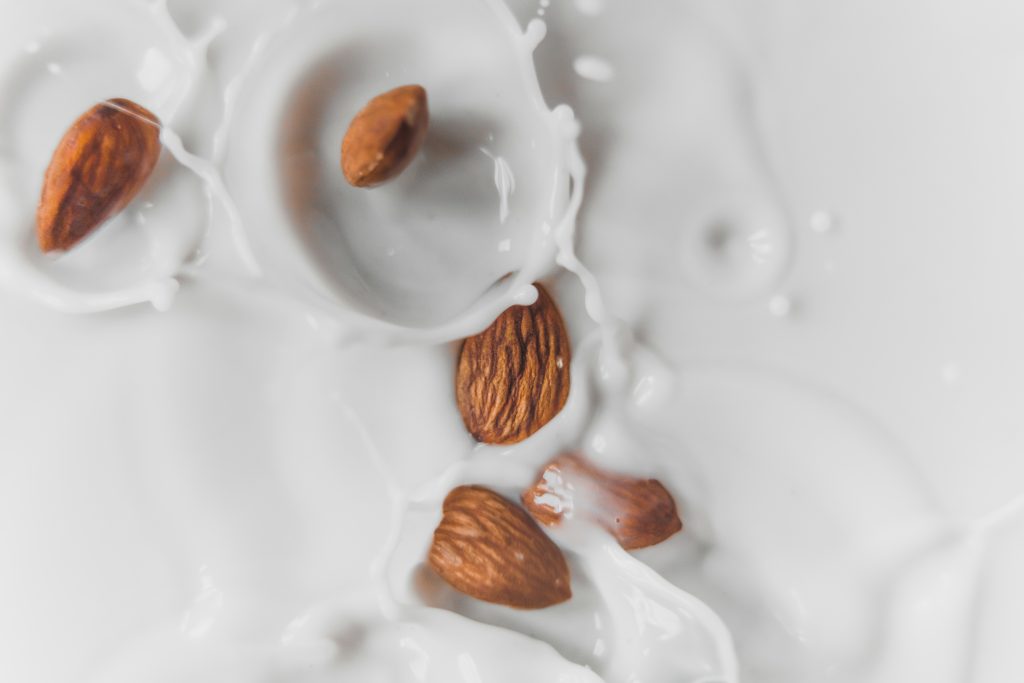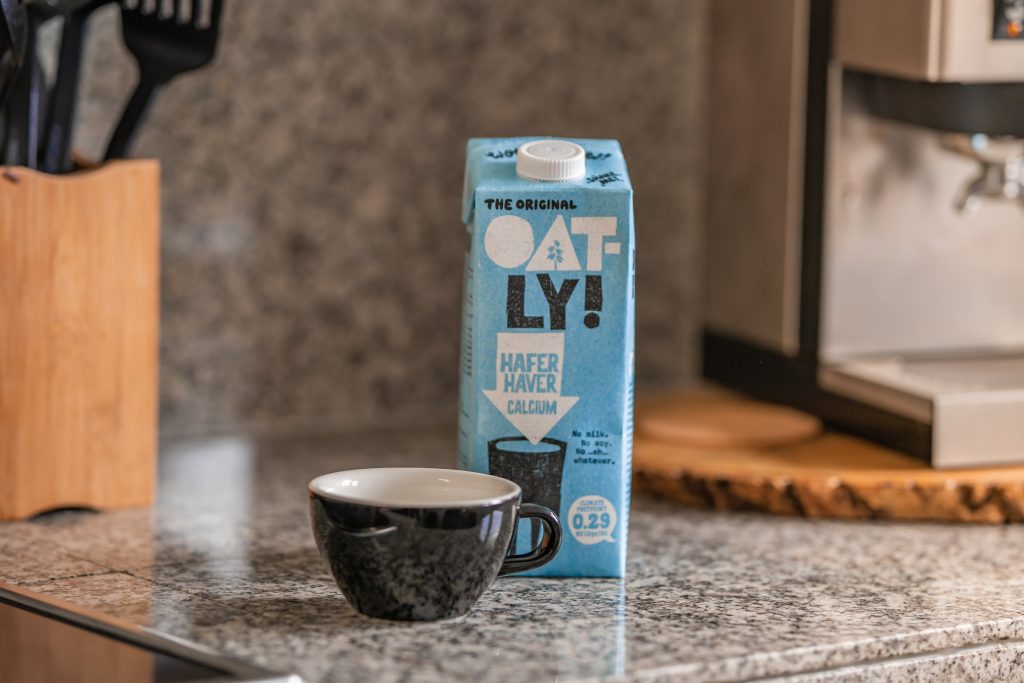Physical Address
304 North Cardinal St.
Dorchester Center, MA 02124
Physical Address
304 North Cardinal St.
Dorchester Center, MA 02124
Plant milks have been enjoyed for hundreds of years in a variety of civilizations all over the world, but their popularity has soared over the past ten years. There are many different reasons why people choose plant milks rather than dairy milk. There are a lot of fantastic options to pick from, whether you want to try them because of their nutritional worth, concerns about animal welfare, a smaller impact on the environment, to avoid lactose or dairy milk allergy, or simply out of personal preference. The following list features the top 10 alternatives to dairy milk.
The use of cow’s milk as well as the impact that our diets have on cows, the environment, and our own health are being called into question by an increasing number of consumers. This is also reflected in the rising demand for milk alternatives that do not come from cows. Plant milks have been enjoyed for hundreds of years in a variety of civilizations all over the world, but their popularity has soared over the past ten years. There is a wide variety of nutritious plant-based milk substitutes available for consumption, preparation in the kitchen, and use in baking. There are vegan milk substitutes that have sugar added to them, but there are other options that do not have any added sugar.
Almond milk has a very different nutritional value than soy or dairy milk. It has substantially less protein and fewer calories. Almond milk contains a modest quantity of beneficial unsaturated fat. Depending on the quantity of almonds used, homemade almond milk can be a good source of calcium. It also includes potent antioxidants that may have a preventive impact against cancer and heart disease. It pairs well with cereal because of its mild flavor, which leans somewhat nutty. Almond milk has a flaky consistency, making it less ideal for use in coffee.

Cashew milk is great for baking and cooking and has a mildly nutty flavor. The majority of the fat is heart-healthy unsaturated fat, making it a wonderful option for diabetics who must control their carbohydrate consumption. There are just about 2 grams of carbs in one cup of cashew milk. It works well in lattes and adds a thickness that is perfect for coffee.
Coconut milk are typically available for use in cooking. It adds a delightful aroma to food and is perfect for baking and cooking. Everything from curries to vegetable soups, smoothies, chia seed pudding, and even ice cream tastes great when made with coconut milk. The thin drinking coconut milk that is packaged in a carton tastes great with cereal or coffee.

When compared to milk made from other nuts, hazelnut milk has lower protein and moderately higher calorie. It does include some fiber, which, among other benefits, can help digestion and bring down cholesterol levels. Because of its savory, nutty flavor, it is an excellent choice for use in baked goods as well as for flavoring beverages like coffee.
The seeds of the hemp plant are ground up and used to make hemp milk. It has a low carbohydrate content but a high fat content; nonetheless, the majority of those fats are healthy unsaturated fats. One serving of hemp milk can deliver 50 percent of the daily required consumption of alpha-linolenic acid, which is an omega-3 fatty acid that helps maintain healthy brain and heart function. This can be accomplished with just one glass of hemp milk. It has a flavor that is reminiscent of nuts and may be used in cooking as well as baking.
Macadamia milk is a relatively new product in comparison to the other types of nut milks that have been discussed in this article, and it is not yet commonly available. This nut milk is low in calories but also very low in protein and carbohydrates as well as very low in total carbohydrate content. It has a wonderful flavor when consumed on its own and is an excellent addition to sweets and coffee.
Oat milk has a mildly sweet flavor and a viscosity that is thin, much like that of low-fat milk. In comparison to the vast majority of plant-based milks, it boasts a higher protein content and a lower calorie count. In addition to this, it has a higher fiber content than the majority of other milks, which is significant because fiber can assist regulate digestion and can bring cholesterol levels down. Because of its higher carbohydrate and sugar content compared to other types of milk, even unsweetened milk, oat milk is not necessarily the most suitable option for diabetics. It can be used in the kitchen, including for baking.

Because it does not include nuts or gluten, rice milk has a lower potential to trigger allergic reactions in people who are allergic to other types of milk. It has a flavor that is naturally sweet and can be utilized in the kitchen and in the oven. Rice milk is incredibly low in calories, the most of which come from carbs; in addition, it contains a negligible amount of protein and fat. Rice milk has a more watery consistency than other types of milk, making it less ideal for use in coffee.

Soy milk is the most well-liked non-dairy milk so far, and it has the closest nutritional comparison to cow’s milk. It has a reasonable calorie count and is a rich source of calcium and protein. Isoflavones and phytosterols, which are found in soy milk, may help reduce the risk of osteoporosis, cardiovascular disease, and cancer. It can be used without restriction for baking, cooking, coffee, and even foaming. It is appropriate for a variety of uses. Soy milk is now offered in a variety of flavors, including vanilla, chocolate, and banana, just like cow’s milk.
Low in protein and with a moderate calorie count is spelt milk. Since it is related to wheat and contains gluten, people who have celiac disease or gluten intolerance should avoid it. Spelt milk is particularly suited for sweet foods and can be used as a natural sweetener, for instance in coffee, because it has a rather sweet taste even without added sugar.